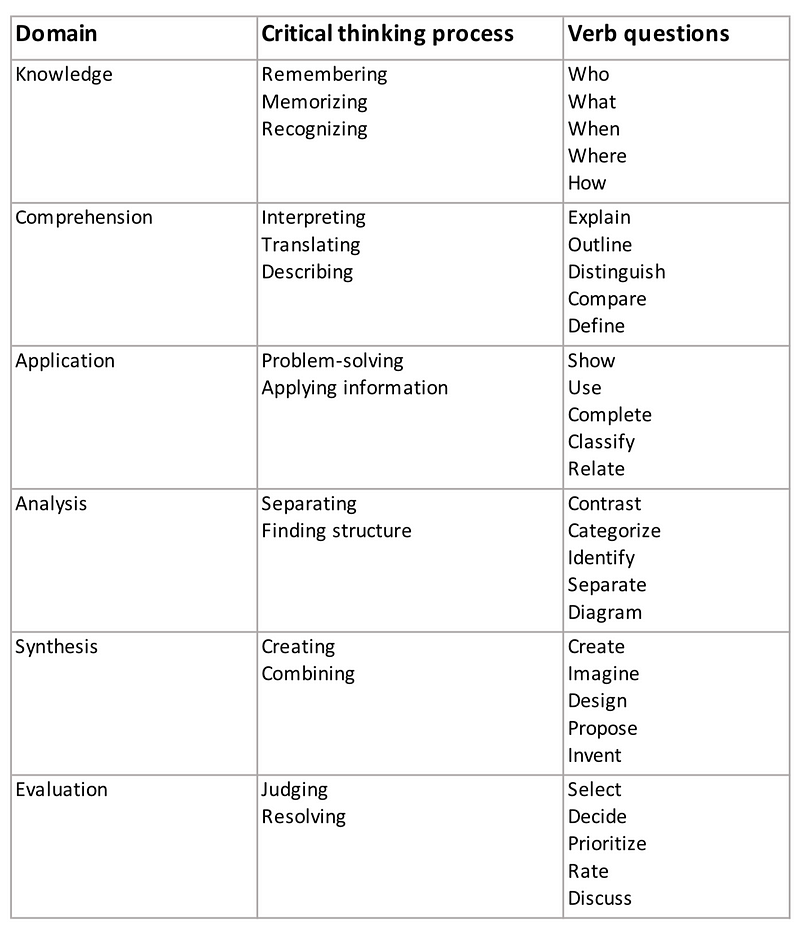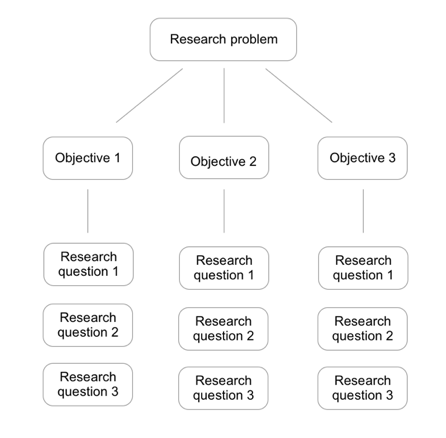How to write a generative interview guide
A Valuable Cheat Sheet for Moderating Interviews

If you’ll be talking to your users in real-time, an interview guide is a valuable cheat sheet. It reminds you of which questions will help you meet your objectives, and can keep your discussions on track. I usually include these interview guides in a more extensive research plan. Check out my full research plan template, as well as other free content, here!
Even if you don’t actively refer to your interview guide, writing one ensures everyone else on the team has a place to input their questions. And if you’re outlining questions or prompts for unmoderated research, making those questions public for reference gives your team a chance to alert you if something is unclear.
For moderated, generative research, my interview guides consist of the following sections:
- Introduction
- Questions
- Wrap-up
Introduction
The introduction details what you will say to the participant before the session begins, and serves as a nice preview of all the different points you’ll be discussing. It’s especially helpful if you are nervous about going into a session.
Example introduction:
Hi there, I’m Nikki, a user researcher at a takeaway delivery company. Thank you so much for talking with me today; I am excited to have a conversation with you! During this session, we are looking to understand better what makes you order food from our service. Imagine we are filming a small documentary on you, and are trying to understand all your thoughts. There are no right or wrong answers, so please talk freely, and I promise we will find it fascinating. This session should take about 60 minutes. If you feel uncomfortable at any time or need to stop/take a break, just let me know. Everything you say here today will be completely confidential. Would it be okay if we recorded today’s session for internal notetaking purposes? Do you have any questions for me? Let’s get started!
Questions
This portion of the interview guide is the trickiest to write. In this section, we’re writing down some of the open-ended questions we want to ask users during the session. For most types of qual research, you won’t always have a long list of detailed questions, since it’s more of a conversation than an interview. But readying a few open-ended questions you can then follow up on can serve as useful prep.
Pro tip: Questions to avoid in your interviews and interview guides
- Priming users — which will force the user to answer in a particular way
- Leading questions — which may prohibit the user from exploring a different avenue
- Asking about future behavior — instead of focusing on the past/present
- Double-barreled questions — asking two questions in one sentence
- Yes/no questions — which will end the conversation. Instead, we focus on open-ended questions
Examples of priming/leading questions:
- Priming: “How much do you like being able to order takeaway online?”
- Leading: “Could you show me how you would reorder the same order by clicking on the button?”
I always outline my interview guide questions with the TEDW approach. TEDW stands for the following structures:
- “Tell me…”
- “Explain….”
- “Describe….”
- “Walk me through….”
In addition to TEDW, I have recently started framing questions using the Taxonomy of Cognitive Domain, which explains how certain verbs target particular thought processes. Using this Taxonomy is a great way to expand your questioning sin order to help trigger specific responses from participants.

Beyond that, one neat trick for question generation is to use your research objectives. Your questions should be able to give you insights that answer your goals. So when you ask a participant Ta question, it is ultimately answering one of the objectives. Turn each objective into 3–5 items.

So, let’s take a central research problem and objectives and form some research questions.
Central research problem: to understand the reasons why individual customers are reordering at a higher frequency, as well as the barriers encountered by customers preventing them from reordering on the platform.
Objectives:
- Discover users’ motivations behind reordering, both inside and outside of the website/app
- Uncover other websites/apps customers are using to order takeaway
- Learn about any pain points users are encountering during their process, and what improvements they might make
Research questions:
Objective 1: Discover users’ motivations behind reordering, both inside and outside of the website/app
- Think about the last time you ordered takeaway on our website/app. Walk me through the entire process, starting with what sparked the idea.
- Explain how you decided to reorder food on our particular website/app.
- Who were you talking with?
- What time of day was it?
- How were you feeling?
- Did you have other websites/apps open?
- Describe why you decided to reorder takeaway rather than cooking your dinner and/or going out to eat.
Objective 2: Learn about any pain points users are encountering during their process, and what improvements they might make.
- Describe the last time you struggled with reordering food, what was that like?
- How did you solve the problem?
- What would be the ideal scenario for reordering takeaway from the website/app (crazy ideas included!)?
- How would you change or improve the process of reordering food outside of our website/app? Inside our website/app?
Objective 3: Uncover other websites/apps customers are using to order takeaway.
- Talk me through the other websites/apps you have used multiple to order takeaway (or even groceries).
- Describe your experience with these other websites/apps.
- What are the other websites/apps you use to help you decide whether or not to order takeaway?
Each of these research questions is a jumping-off point for a more open conversation. They get at the core of your objectives, which in turn gets to the heart of the central problem you’re trying to solve.
Wrap-up
The wrap-up is a reminder of all the items to mention during the end of an interview. Generally, you cover information such as compensation, asking if they would be interested in future research, and assuring them that you’re thankful for their time.
Example wrap up:
Those are all the questions I have for you today. I appreciate you taking the time. Your feedback was extremely helpful, and I am excited to share it with the team to see how we can improve. Since your feedback was so useful, would you be willing to participate in another research session in the future? If you have any problems with the compensation or have feedback, please feel free to email me at any time. Do you have any other questions for me? Again, thank you so much for your time, and I hope you enjoy the rest of your day!
